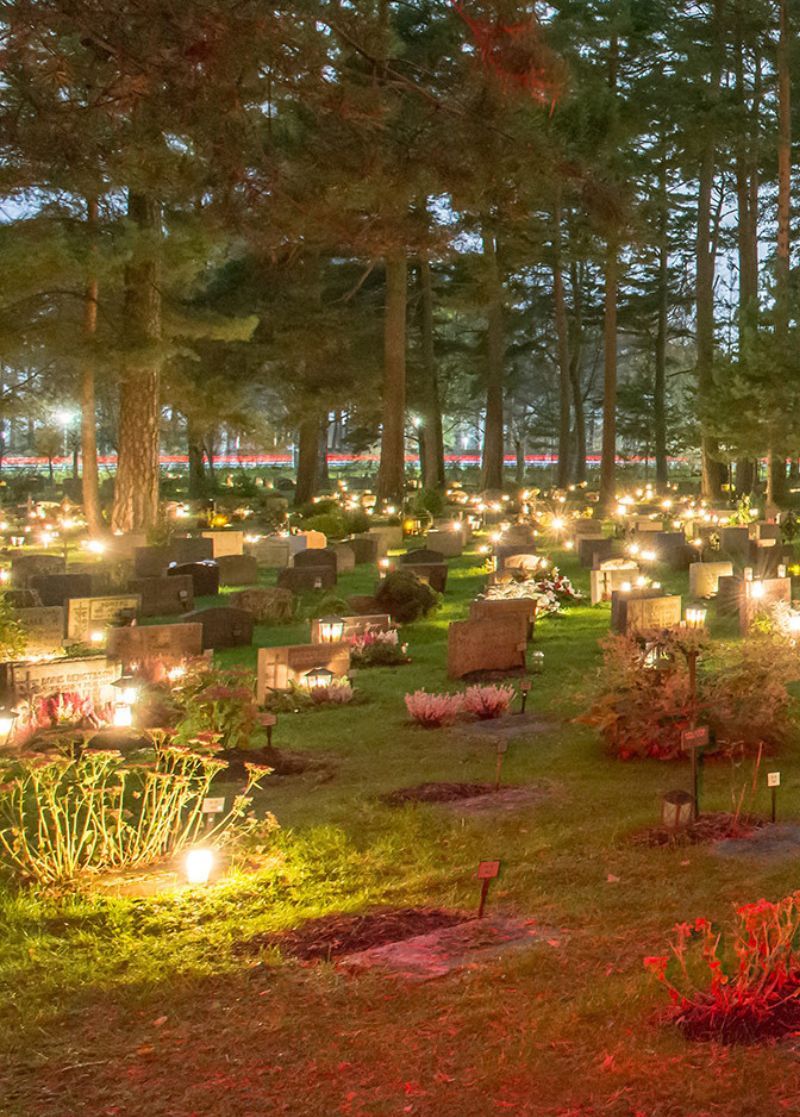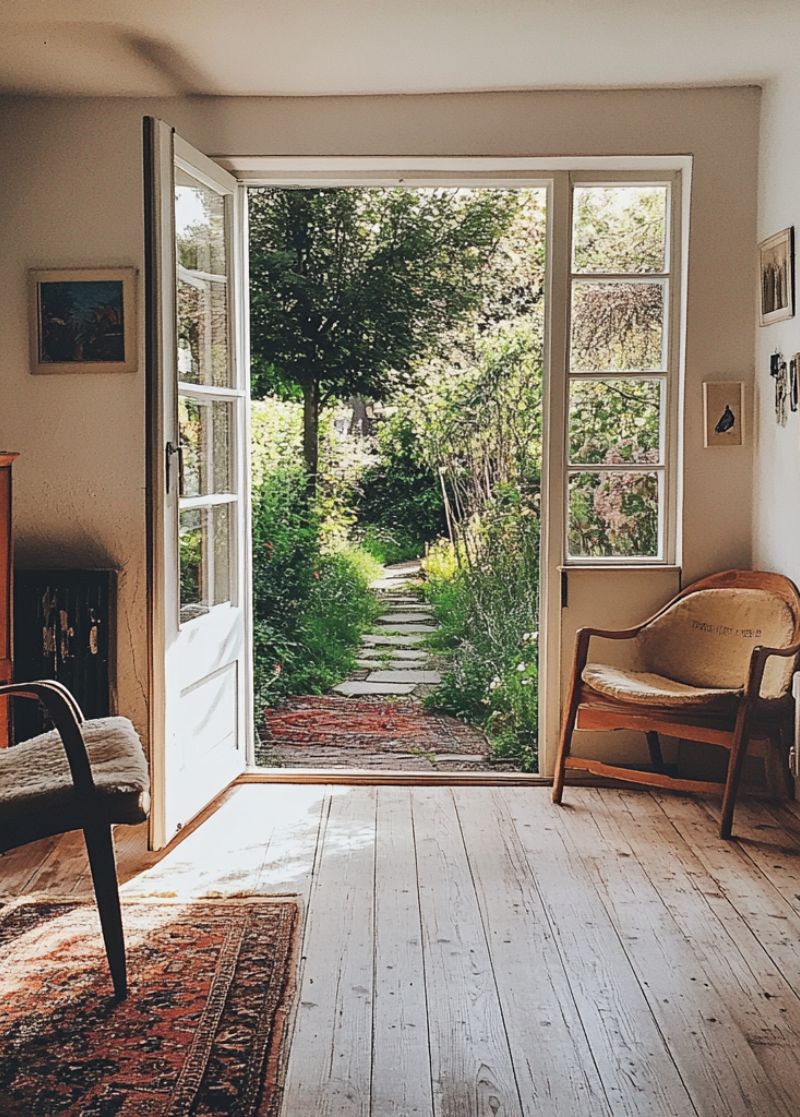Scandinavian design is more than just a trend—it’s a philosophy rooted in nature, simplicity, and longevity. A key part of this approach is sustainability, a principle that has been interwoven with Nordic culture for generations. As the world increasingly seeks more sustainable ways of living, the timeless values of Scandinavian design have become even more relevant.
The Connection Between Nature and Design
Living in harmony with nature is a central aspect of Scandinavian life. With vast forests, clear lakes, and long, dark winters, people in Sweden, Denmark, and other Nordic countries have always had a deep respect for their natural surroundings. This respect is reflected in the design ethos, where natural materials like wood, wool, and stone are prioritized not just for their beauty, but for their renewability and low environmental impact.
Designers like Sweden’s Carl Malmsten and Denmark’s Hans J. Wegner have built legacies on using responsibly sourced wood and traditional craftsmanship techniques that ensure both quality and durability. The idea is simple: if you create something that lasts, you reduce the need for constant replacements, which in turn reduces waste.
Minimalism as a Sustainable Choice
Scandinavian design is known for its minimalist aesthetic—clean lines, functional forms, and a focus on the essentials. This "less is more" approach isn’t just about visual appeal; it’s also about mindful consumption. By stripping away the unnecessary and focusing on high-quality, versatile pieces, this design philosophy encourages us to buy less, but better.
Swedish designers like Greta Grossman have long understood the importance of designing pieces that serve a purpose while remaining timeless. Her work emphasizes the idea that true sustainability means designing products that outlast trends and can be cherished for a lifetime.
Circular Design and Innovation
Sustainability in Scandinavian design isn’t just about tradition—it’s also about innovation. Many modern designers are embracing circular design principles, where products are created with their entire lifecycle in mind. This includes using recycled materials, designing for easy disassembly, and creating products that can be repaired rather than discarded.
For instance, Danish brand MENU incorporates recycled materials into their designs while ensuring their products can be easily refurbished or repurposed. This circular mindset reflects the Scandinavian belief that everything should have a purpose and a longer life.
Sustainability as a Lifestyle
In Scandinavia, sustainability isn’t just about design—it’s a way of living. Concepts like "lagom" in Sweden, which means "just the right amount," promote balance and conscious consumption. It’s a philosophy that rejects excess and embraces thoughtful, considered choices in everything from home decor to food and fashion.
Scandinavian design isn’t about perfection, but about creating beauty in harmony with the environment. It’s a reminder that sustainable living can be simple, elegant, and deeply rooted in the everyday. By embracing this philosophy, we not only celebrate design but also protect the world we share. In this sense, Scandinavian design offers more than just aesthetics—it provides a blueprint for a more sustainable future.




